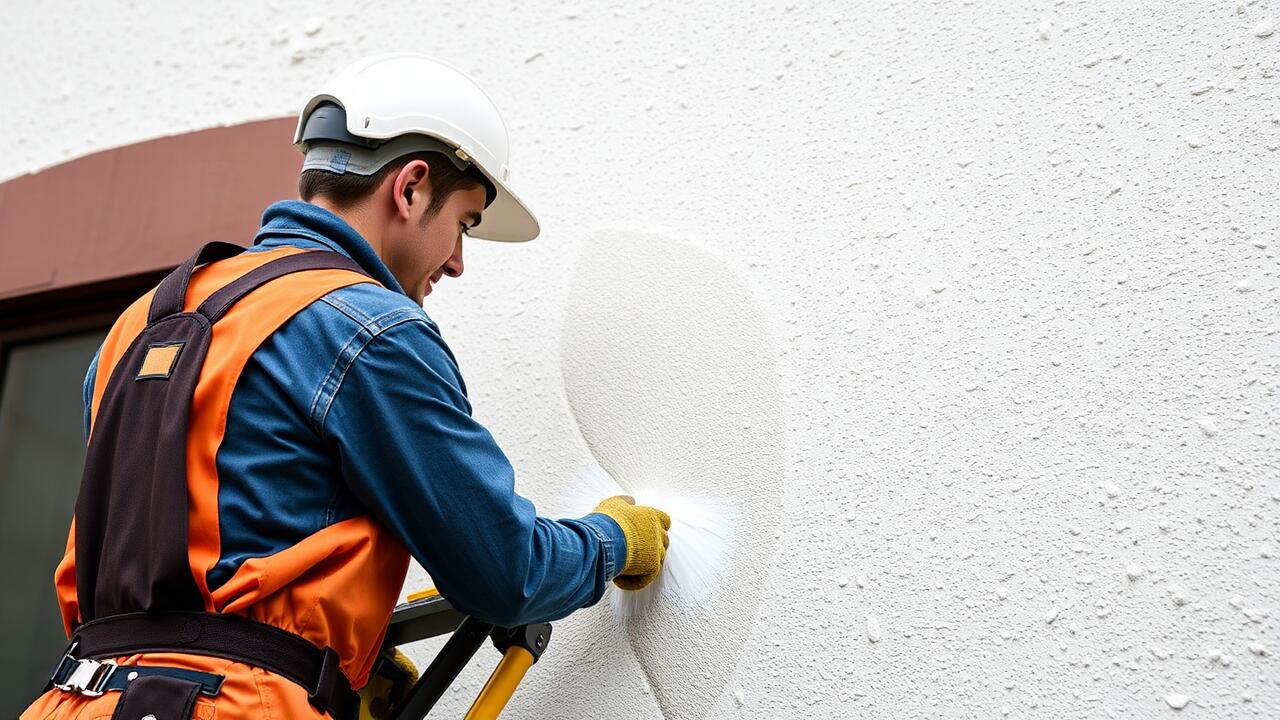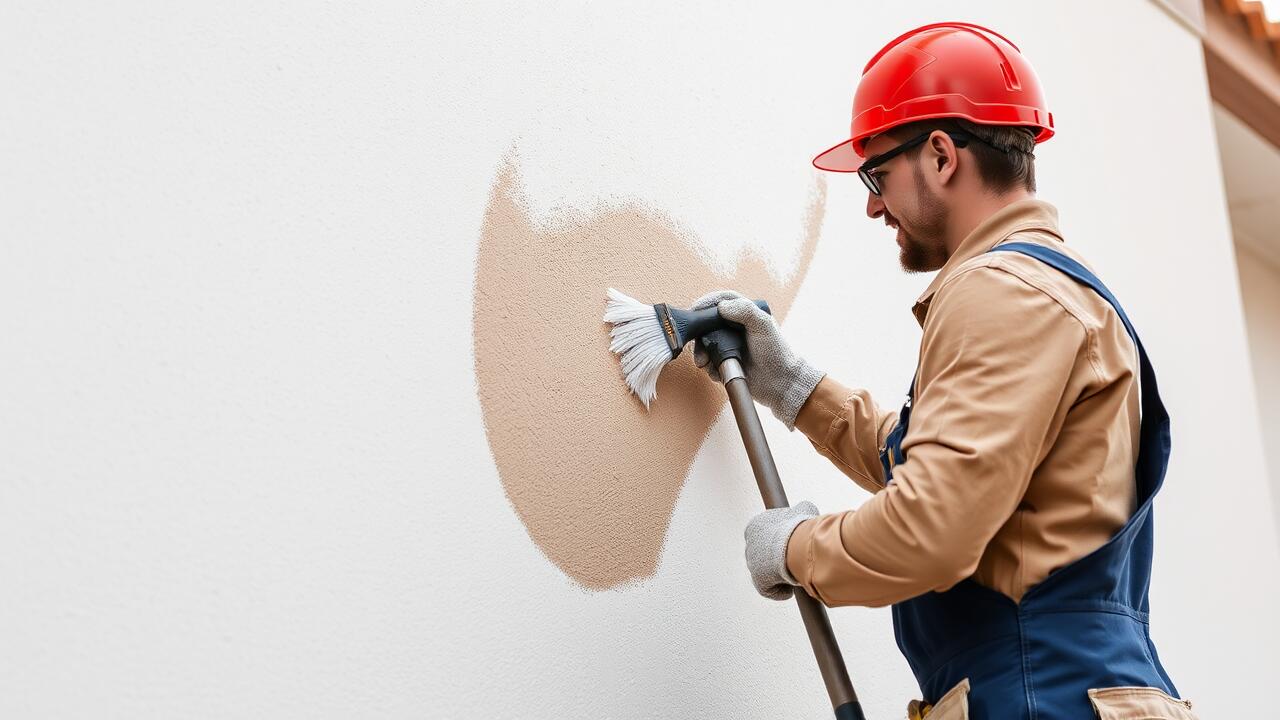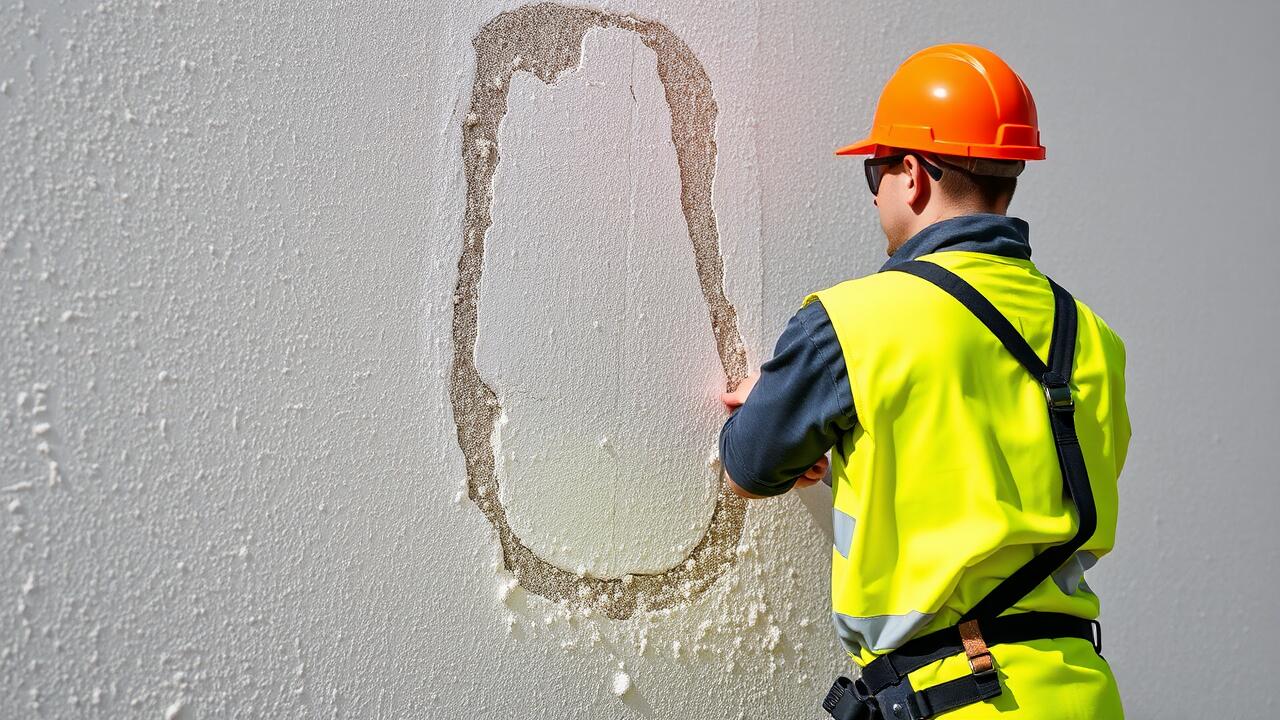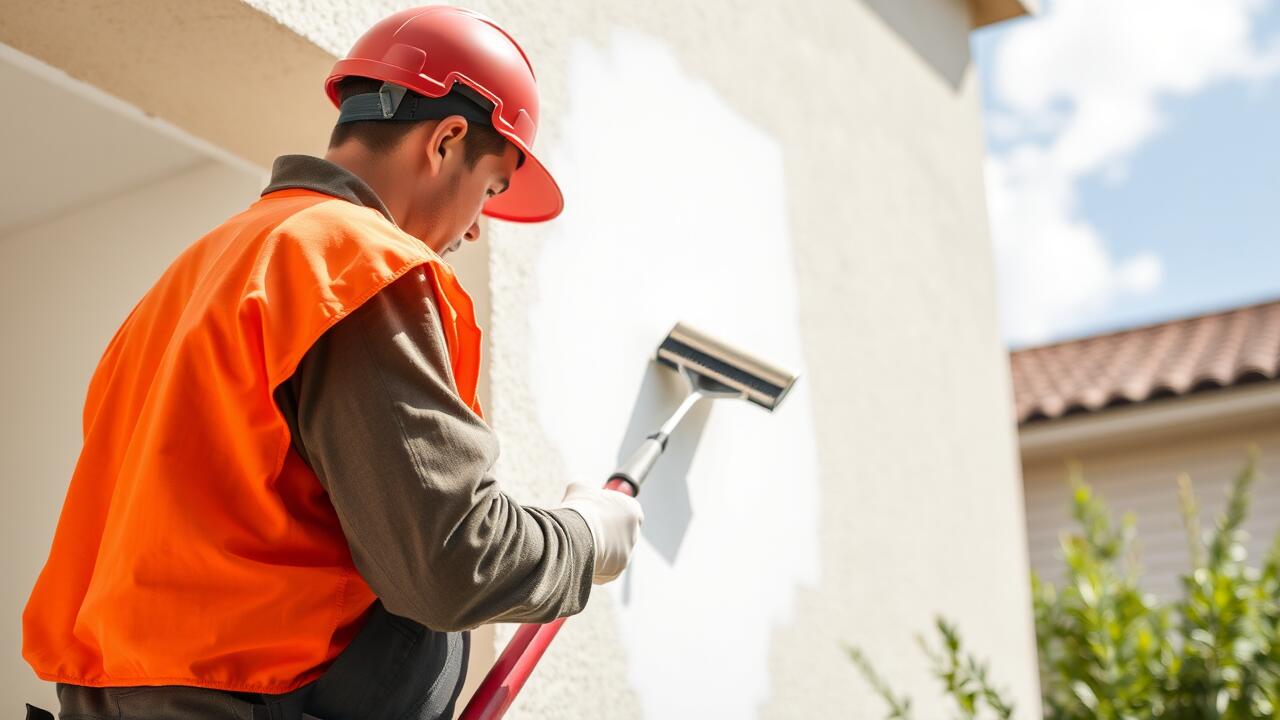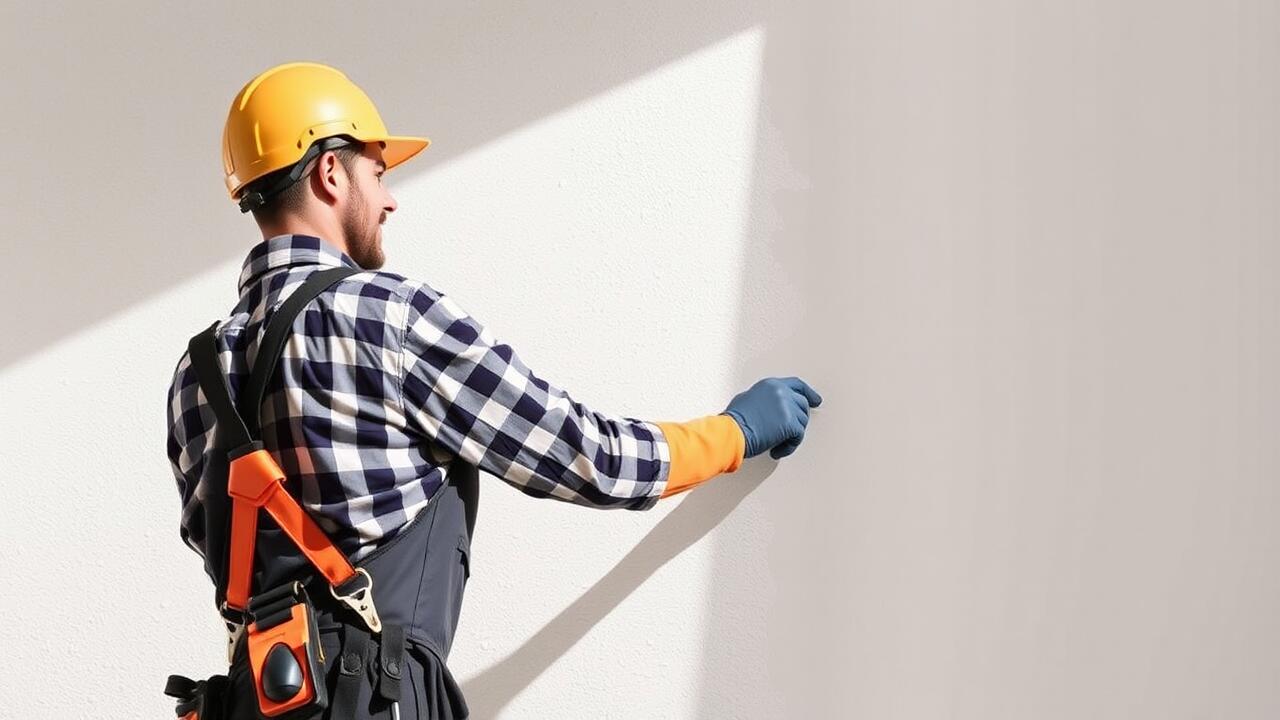
Application Techniques for Sealants
When applying sealants to stucco surfaces, proper technique is crucial for achieving a lasting finish. Start by cleaning the stucco thoroughly to remove dirt, mildew, and any loose particles. A pressure washer can be effective, but it's essential to use a broad spray to avoid damaging the surface. Once clean, allow the stucco to dry completely. Choose a high-quality sealant specifically designed for stucco, as it will provide the best adhesion and durability. Apply the sealant with a brush or roller to ensure even coverage, making sure to work it into any cracks or crevices.
Ensure you cover all areas of the stucco, paying extra attention to joints and seams. For optimal results, apply the sealant in two thin coats instead of one thick layer. This approach promotes better penetration and ensures a more uniform finish. If you're unsure about the sealing process or want professional assistance, searching for "Stucco Painting near me" may lead you to local experts who can guide you through the sealing and painting steps effectively. Remember: proper application is key to extending the life of your stucco paint job.
Best Practices for Effective Sealing
When preparing to seal stucco before painting, thorough surface cleaning is essential. Use a pressure washer to remove dirt, grime, and mildew. Allow the stucco to dry completely after washing, as moisture can hinder the sealant's ability to adhere properly. Choose a high-quality sealant designed for stucco applications, as this ensures durability and longevity. Apply the sealant using a paint sprayer or roller for uniform coverage.
Pay attention to weather conditions when sealing. Ideally, work on dry days with moderate temperatures to allow the sealant to cure effectively. It is wise to consult product instructions for optimal drying times. For those exploring options for professional help, searching "Stucco Painting near me" can lead to experienced services that specialize in sealing and painting tasks.
When to Paint After Sealing
Timing is critical when planning your stucco painting project after sealing. Typically, a good rule of thumb is to wait at least 24 to 48 hours after applying the sealant, allowing it to fully cure. Environmental factors such as humidity and temperature can influence the curing process, so be mindful of these conditions. Before you start painting, check the sealant manufacturer's guidelines for specific curing times.
Once the sealant is dry, ensure that its surface is not tacky or sticky to the touch. In addition to curing time, consider the overall weather conditions in your area. Avoid painting in extreme heat or cold, as the paint may not adhere properly. If you're looking for convenience, searching online for "Stucco Painting near me" can connect you with local professionals who can offer advice and assist with the job.
Timing Your Project
Consider the timing when planning your stucco painting project. The best conditions for sealing your stucco typically involve mild temperatures and low humidity. This helps the sealant adhere properly and ensures it cures effectively. Performing this task during spring or fall can provide the ideal environment, avoiding the extremes of heat or cold that can hinder the sealing process.
After sealing, you should allow adequate time for the sealant to cure before applying paint. This curing period can vary depending on the product used, but it generally ranges from 24 to 72 hours. Following the manufacturer's recommendations ensures optimal results. If you’re looking for professionals to assist with this process, searching for “Stucco Painting near me” can help you find experienced contractors who understand the nuances of stucco surfaces.
Common Mistakes to Avoid
One of the most common mistakes homeowners make when sealing stucco before painting is applying the sealant too thickly. A thick application can create a barrier that traps moisture in the stucco, leading to potential damage over time. It is essential to use a thin, even layer to allow the surface to breathe while providing the necessary protection. Additionally, skipping the cleaning and preparation process can result in poor adhesion between the sealant and stucco, compromising the overall outcome of the project.
Another mistake is painting too soon after sealing. Many people underestimate the drying time required for both sealants and paints. This rush can yield negative results, such as peeling and flaking paint in the long run. It’s advisable to follow manufacturer guidelines regarding drying times and to test the surface before proceeding with the paint. For those seeking help with these processes, searching for "Stucco Painting near me" can connect you with professionals who can ensure a job well done.
Pitfalls in Sealing and Painting
One common pitfall when sealing stucco before painting is applying the sealant too liberally. Excess sealant can create a film that prevents paint from adhering properly, leading to peeling or flaking over time. Choosing the right sealant is equally important; using a product that is not compatible with stucco can cause more harm than good. Homeowners should research options or consult with professionals who specialize in stucco treatments for the best results.
Another mistake arises from poor timing between sealing and painting. Not waiting long enough for the sealant to cure can trap moisture underneath. This results in a compromised paint finish and can accelerate deterioration of the stucco surface. To avoid these issues, it is wise to allow ample time for the sealant to fully dry before proceeding. Searching for "Stucco Painting near me" offers access to local experts who can guide homeowners through the sealing and painting process effectively.
FAQS
Do I need to seal stucco before painting?
Yes, sealing stucco before painting is recommended to enhance paint adhesion and protect the surface from moisture damage.
What type of sealant should I use on stucco?
It is best to use a high-quality masonry or acrylic sealant specifically designed for stucco surfaces to ensure effective sealing.
How long should I wait to paint after sealing stucco?
Typically, you should wait at least 24 hours after sealing before painting, but always refer to the sealant manufacturer's instructions for specific drying times.
What are some common mistakes to avoid when sealing stucco?
Common mistakes include not cleaning the surface properly, applying sealant in unfavorable weather conditions, and using the wrong type of sealant for the stucco.
Can I paint stucco without sealing it first?
While it is possible to paint stucco without sealing, it is not advisable as it may lead to issues like peeling paint, moisture damage, and reduced durability of the paint job.
